In June, we brought you the latest edition of Ones To Watch, our annual talent…


“I’m one of those people who enjoy feeling like they have control over their life,” writes Mitch Epstein in Rocks and Clouds. “My house is spare and neat, my photographic expeditions are well-planned. Here’s the thing about clouds: they don’t give a damn if you planned well or not.”
Despite having spent years confronting the FBI as he shot power plants throughout America, and photographing his father as he faced the failure of his business, clouds ended up being one of Epstein’s trickier subjects. “I’m really just at the mercy of the unexpected and nature itself,” he says, adding that shooting clouds requires malleability and intuition – both of which are central to his practice.
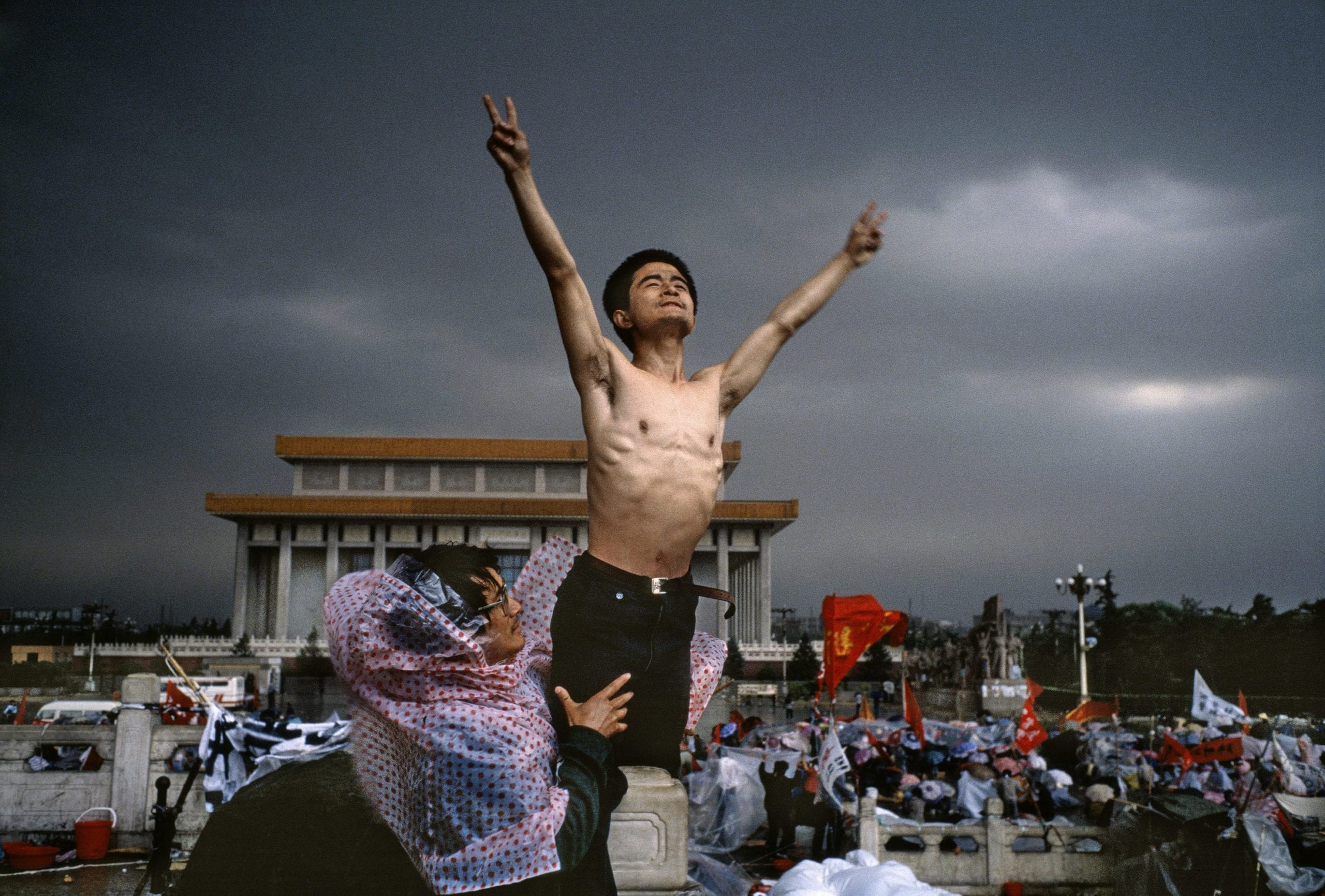
From the 4 June, for five days only, signed or estate-stamped, museum quality 6×6” prints…
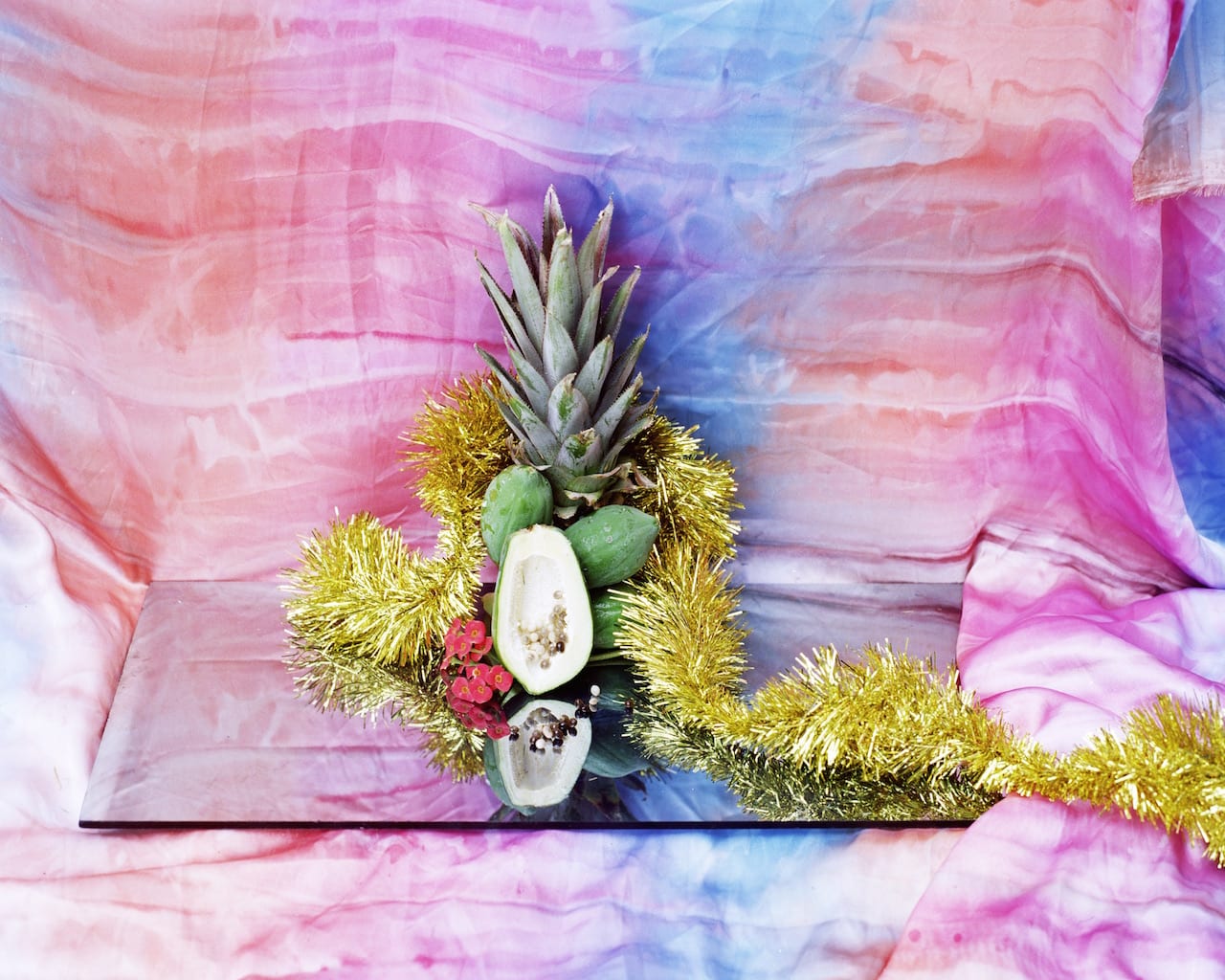
For the past five years, Ulla Deventer has been working on a project about women and prostitution in Europe – specifically in Brussels, Athens and Paris – but also, more recently, in Ghana. Several of the women she met in the project’s early days were from West Africa, and Deventer developed close friendships with some of her subjects, who inspired her to travel to their home countries to experience first-hand what life is like for women living there.
In May 2017, Deventer, who was born in Henstedt-Ulzburg in north Germany and is now based in Hamburg, spent six weeks in Accra, the capital of Ghana, where she focused her attention on the living conditions of the city’s youth, particularly its female sex workers. She recently returned to the country to continue to work on Butterflies Are a Sign of a Good Thing – an extension of her original project.
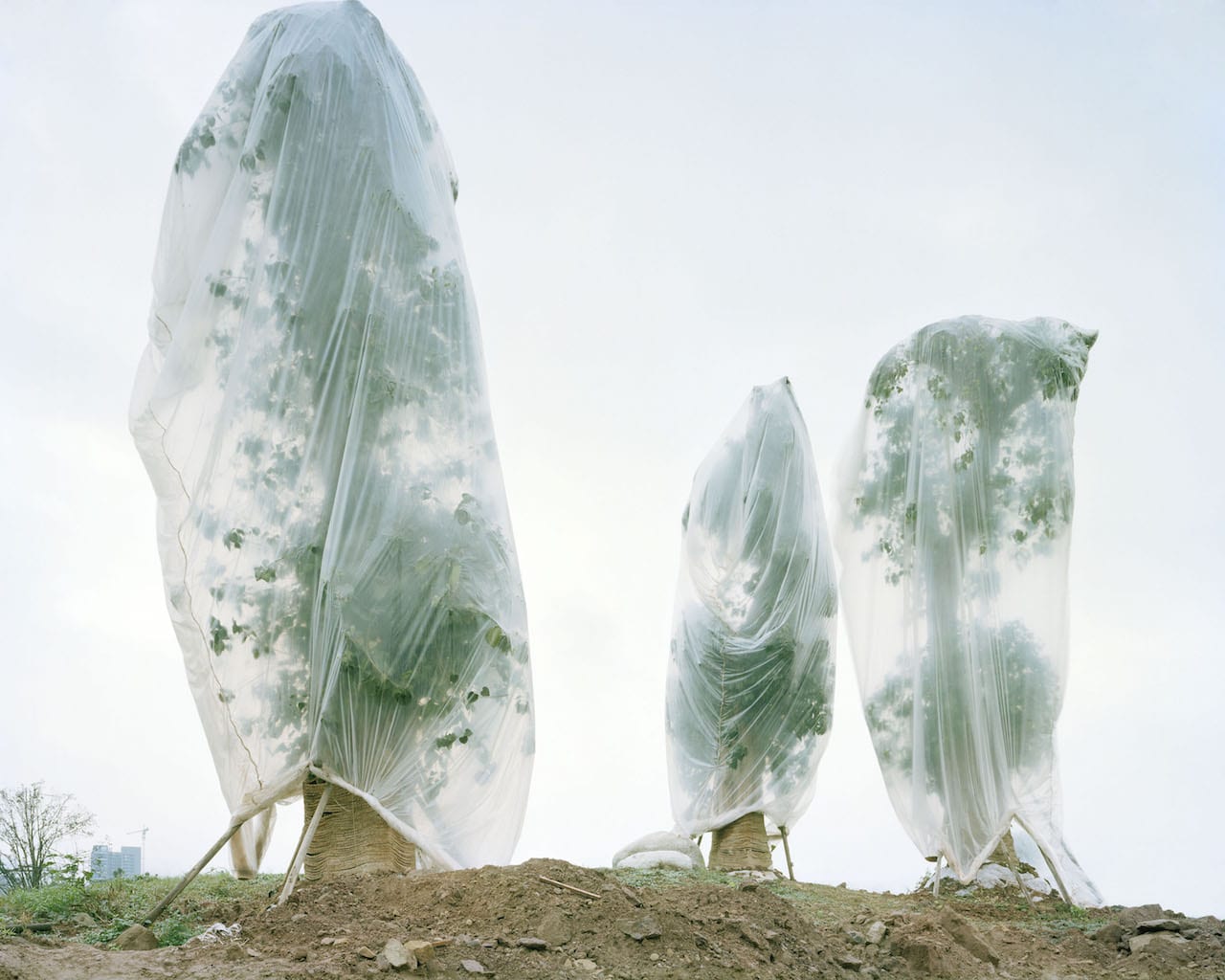
In Chongqing, the largest city in southwest China, city officials have been planting trees for over a decade, aiming to create a “forest city”. But after investigating the origins of these trees, photographer Yan Wang Preston uncovered a troubling process. “The whole concept of trying to be green is being abused,” she says.
By way of example, she tells the story of Frank – a 300 year-old tree that’s a central character in her new book, Forest. When Preston first encountered Frank in 2013, he was being forcefully removed from a small village that was soon to be flooded by one of the Yangtze River dams. Frank was sold to the owners of a five-star hotel in a nearby county for 250,000 RMB, approximately £30,000. When asked whether the tree would survive, one of the guards replied with pride, reassuring Preston that they were all experts at transplanting trees.
But when she returned in 2017, Frank had been dead for over two years – and so had the tree that had followed it. “The older the trees are, they more likely they will die, because it’s hard for them to adapt to a new environment,” says Preston. “I’m interested in the complicity of this whole thing. For the tree, it’s very sad to be relocated. But then, the ultimate motivation is to be closer to nature”.

Article 14 of the Universal Declaration of Human Rights states: “Everyone has the right to seek, and to enjoy in other countries, asylum from persecution.” The UK was one of 48 nations to vote in favour of this document at the United Nations General Assembly in 1948 and now, 68 years later, British photographer Sam Ivin prints the full statement at the start of his first photobook, Lingering Ghosts. Made up entirely of portraits of people who have applied for asylum here, the book is a reminder – and an interrogation – of the codified notions of morality and fairness that Britain voted for but is not living up to.
Published by Fabrica, Lingering Ghosts asks a simple but thorny question – what does it mean to be an asylum seeker in the UK? Ivin scratched out the eyes of his subjects to induce a sense of foreboding, discomfort and alienation. As Gemma Padley notes in the foreword, “Once we remove our ability to connect with a subject through a person’s eyes, what remains?”
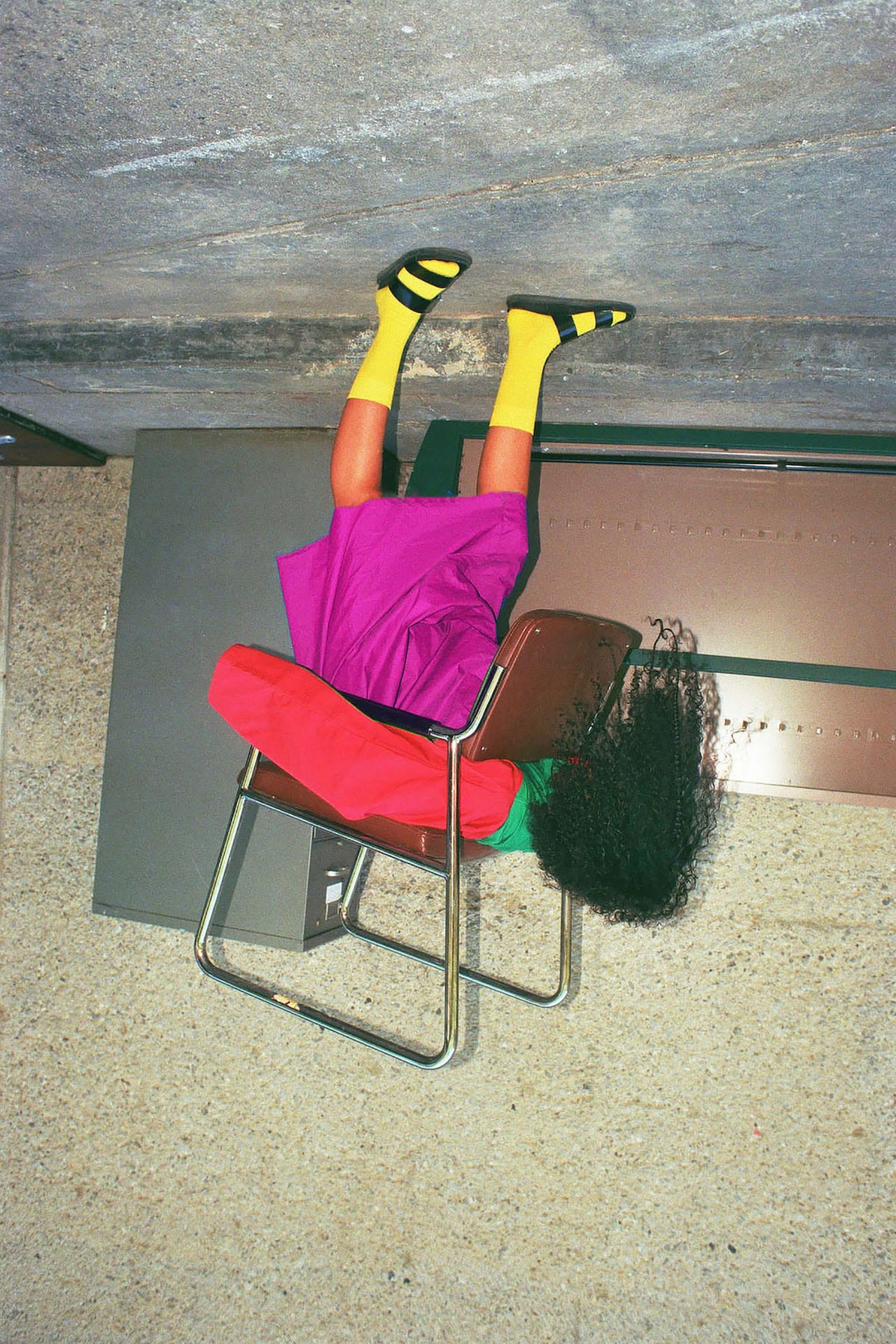
“Anxiety is universal,” says Arielle Bobb-Willis. “Some people paint, others do yoga or exercise [to help manage it]. Whatever it is, everyone can find something to make them feel more present. I was just lucky to have found mine early in my life.”
At first glance, Bobb-Willis’ work is happy and lighthearted – full of colour and movement. But there is also an uneasy element to her work, in the, often faceless, models’ awkward positions. “When you dig a little deeper, you see that part of me that was in a depressive state,” says Bobb-Willis, “All the uncomfortable positions I have been in, it plays a huge role in my work.”

“I don’t have a journalistic bone in my body,” says Chris Dorley-Brown. “I’ve never been to Kosovo. Loads of people do that really well, but I don’t have the urge or the instinct, and that’s partly why I don’t really think of myself as a professional. I do the odd advertising job to earn money, and I think I do it okay, but the phone isn’t ringing off the hook with jobs because I don’t put the energy into promoting myself, since I’m wandering around here all the time. I keep my overheads low and can just about get away with it.” It’s a modest way to sum up an extraordinary body of work – more than 30 years of images, nearly all shot in London’s East End, and most photographed on the street. Some show luxury new developments, others rundown social housing. Some capture crowds of people, some empty streets. Many are one-offs, others – such as the images in The Corners – are manipulated using Photoshop to put various passersby together on one intersection
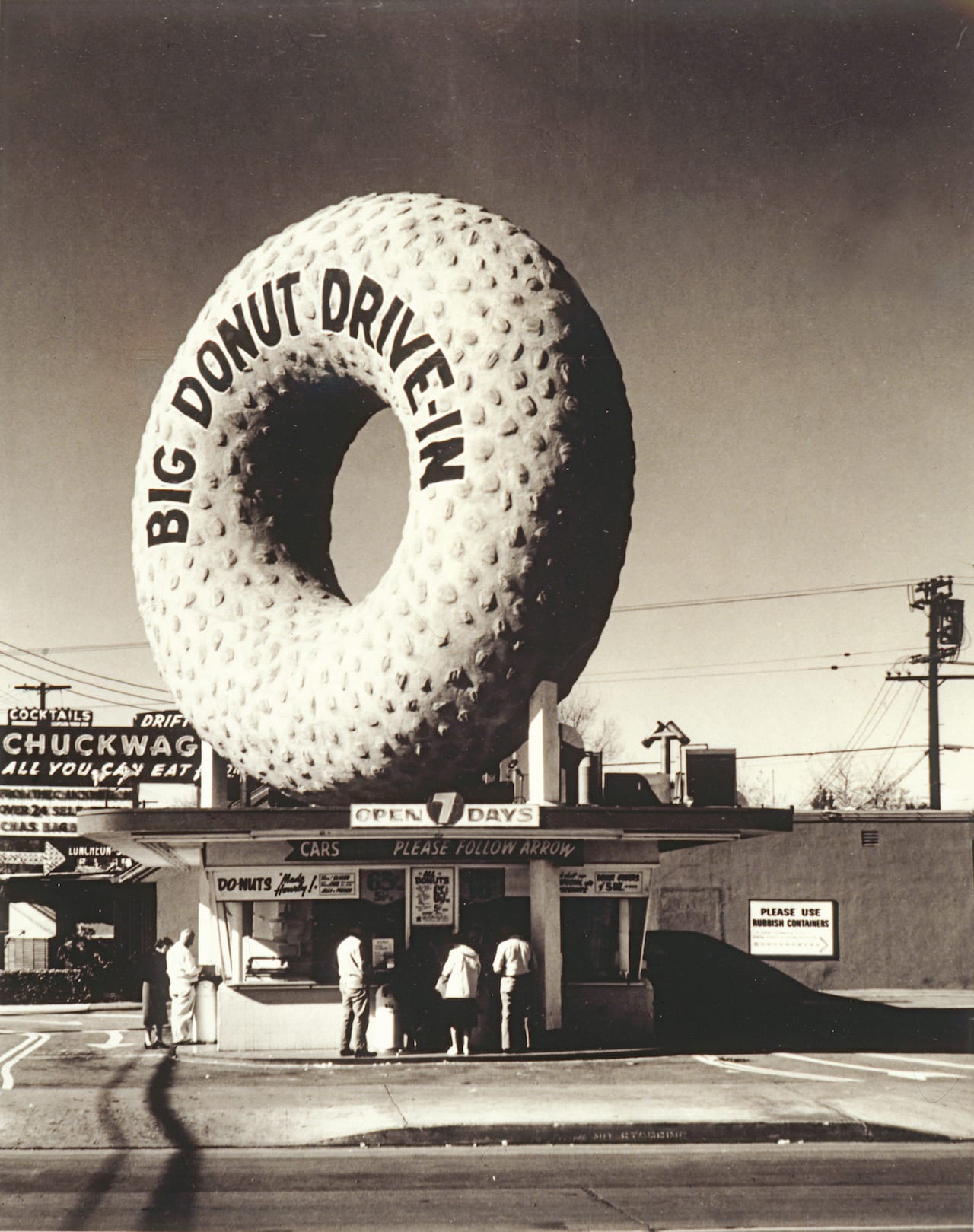
In 1920s America, at the dawn of the automobile age, diners and souvenir shops sought new, creative ways to lure drivers into their roadside establishments. The result was eccentric structures all along America’s Sunbelt, designed to be spotted from miles away. The roster includes owls, dinosaurs, coffee-pots, and even a Mexican giant standing on a roof serving nachos and beer. At the time, the architectural establishment dismissed these structures as “monstrosities”, but they flourished nevertheless, and now they’re even celebrated.

“Contrast, characters, dark humour, forms, shapes, awkward gestures and actions interest me,” says Noma Osula. In his portraits, the Nigerian photographer punctures the staid conventions of portraiture with playful gestures. A man, hands folded formally on his lap, blows a chewing-gum bubble; a woman, resplendent in a jade-green dress and doused in a painterly light, sucks on a red lollipop. At just 25, Osula’s sharp eye for colour and atmosphere already makes for a distinctly offbeat aesthetic. Using his vision to counter mainstream narratives has been an important drive for Osula, and a crucial part of his development as an artist. “First, it was changing the narrative of the so-called ‘Africa stigma’, then embracing imperfection, just like the Japanese idea of wabi-sabi,” he explains. “This projection of Africa as a completely dark and primitive continent, as well as what we represent, is obviously incomplete and inaccurate.”